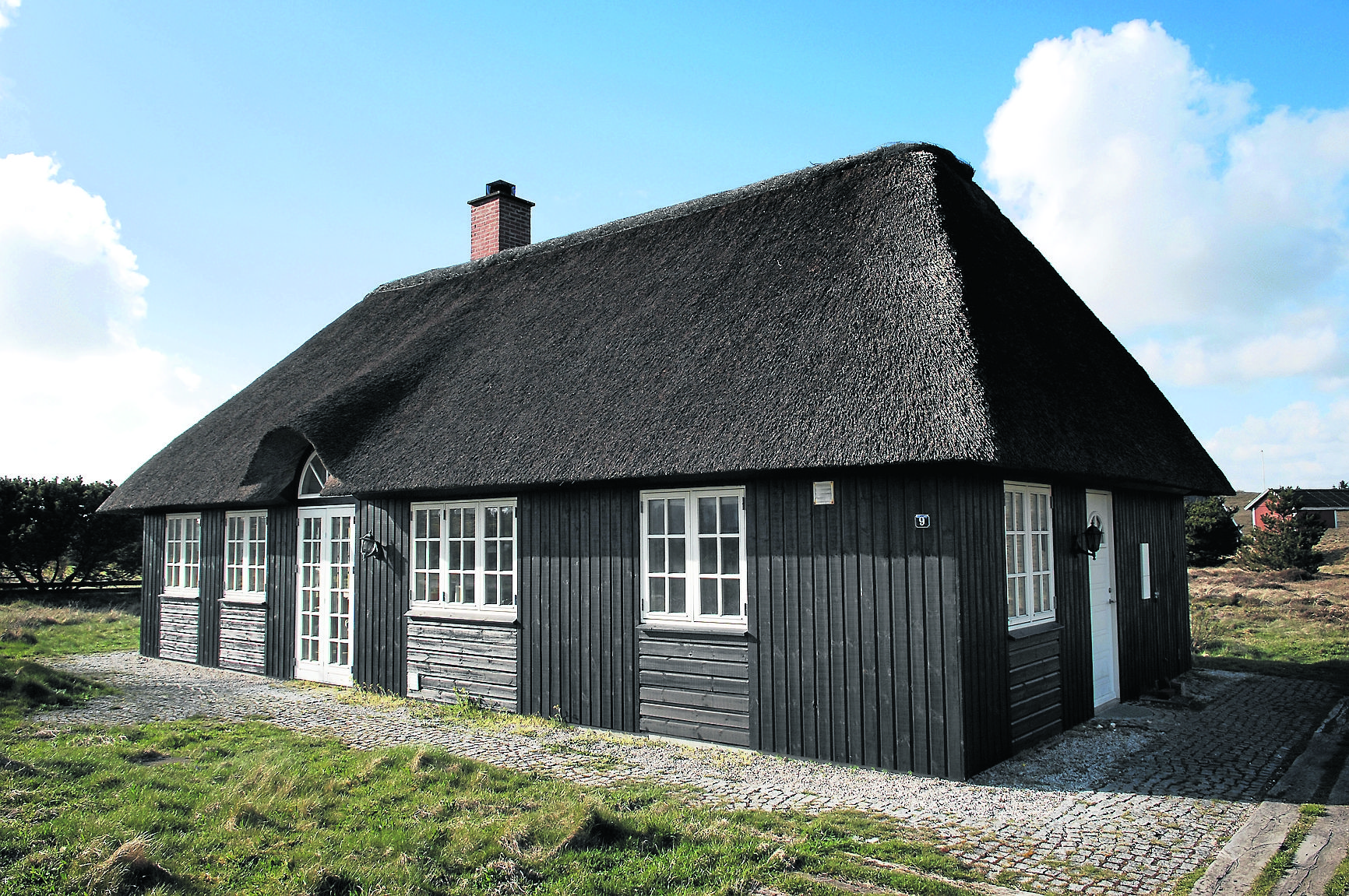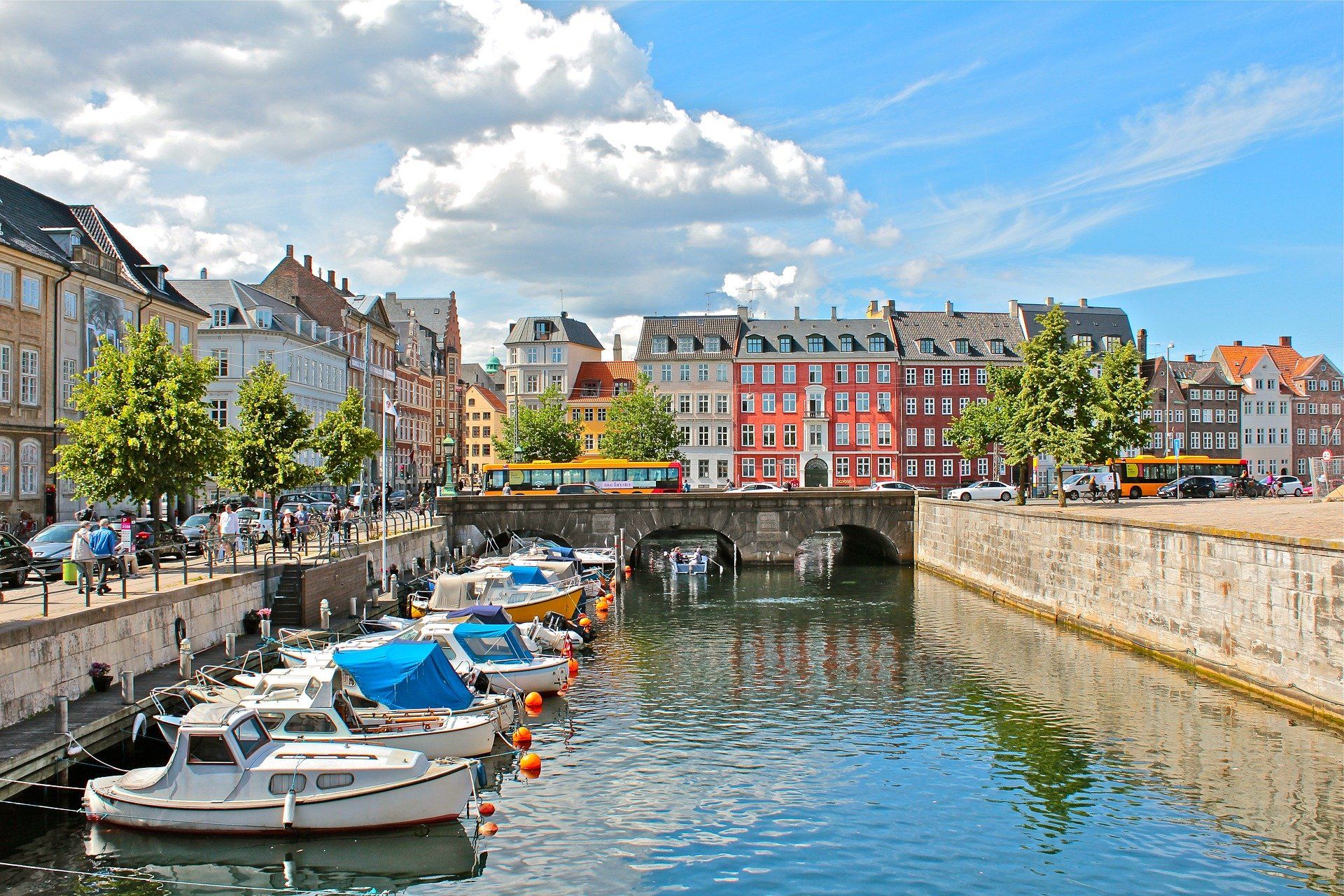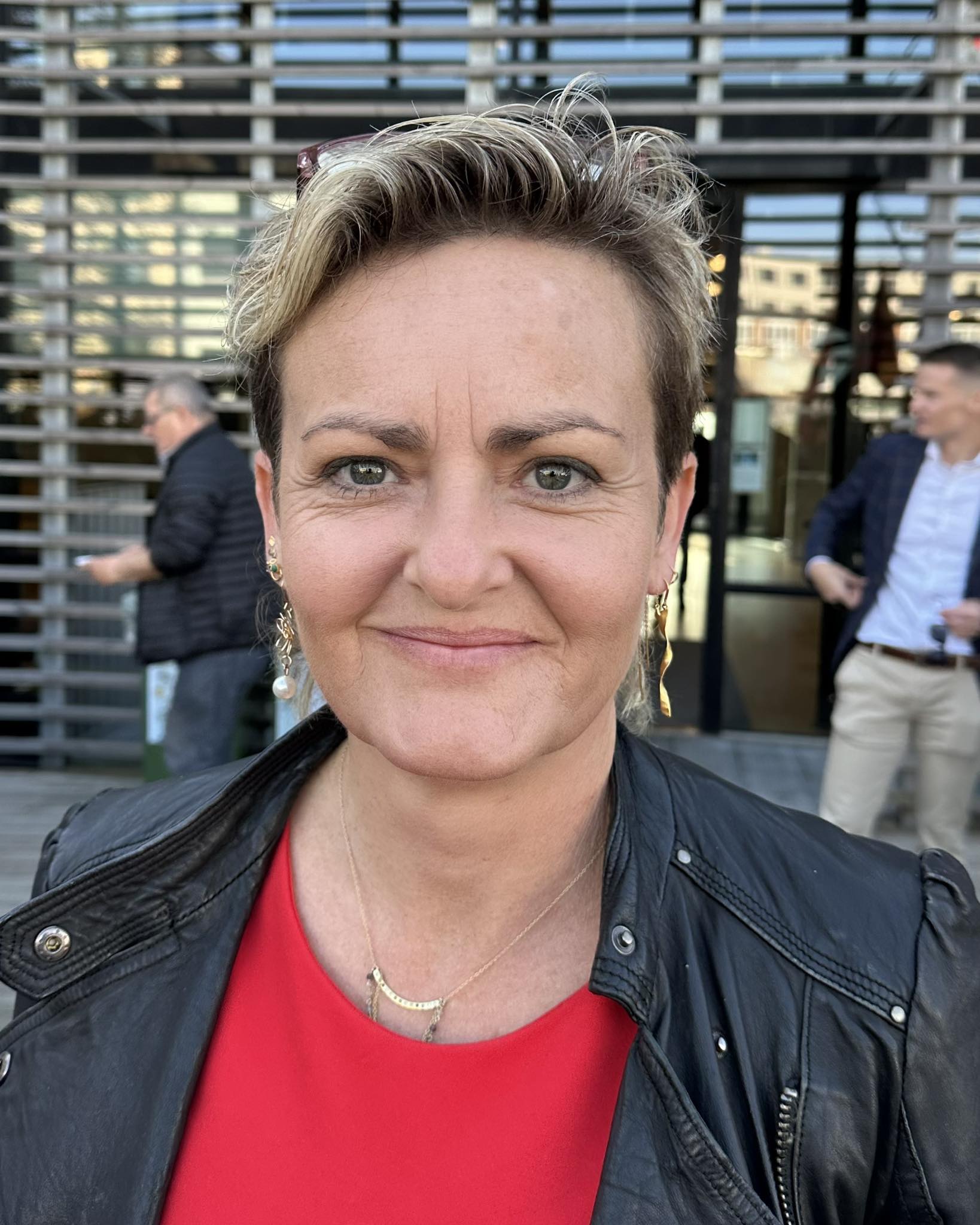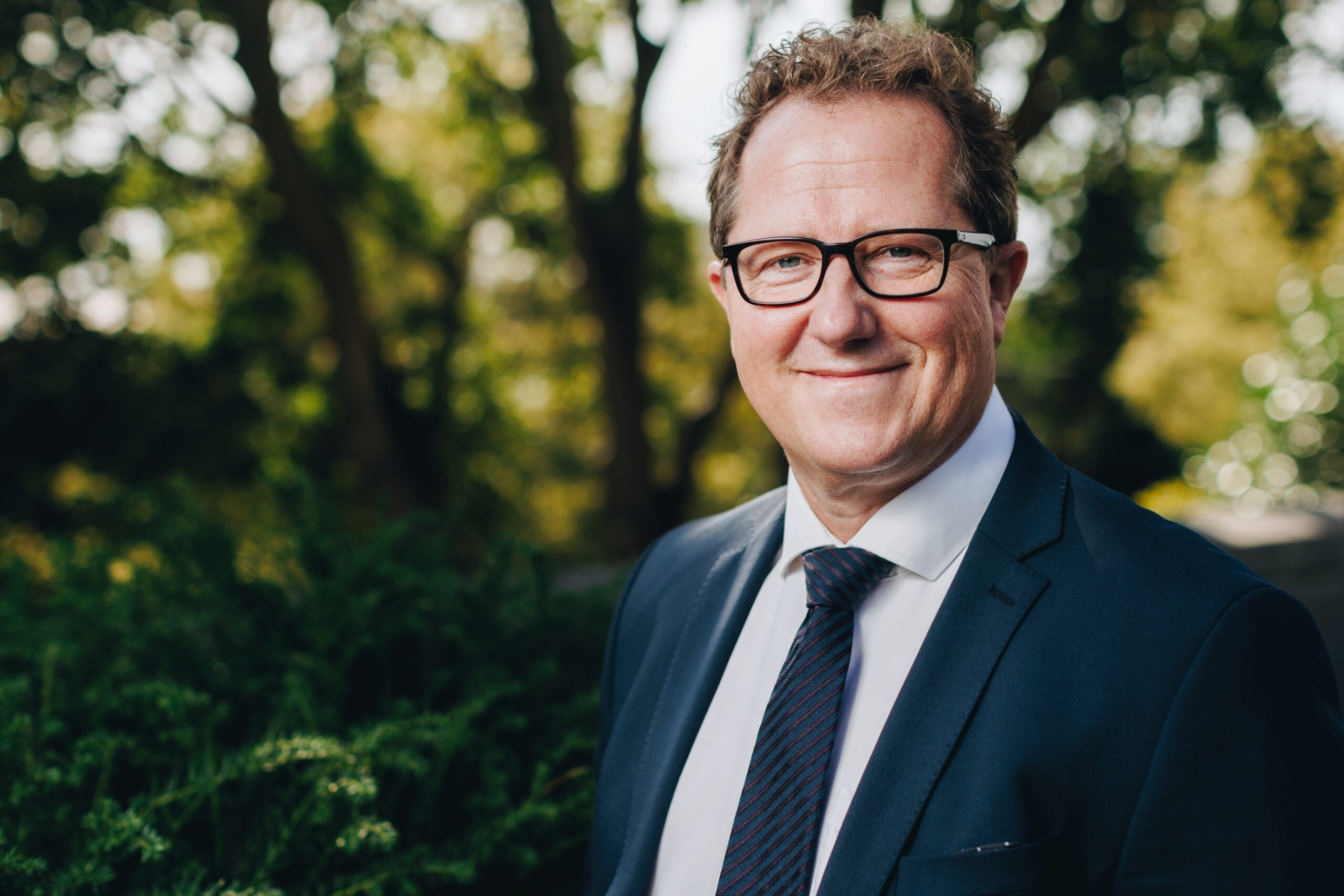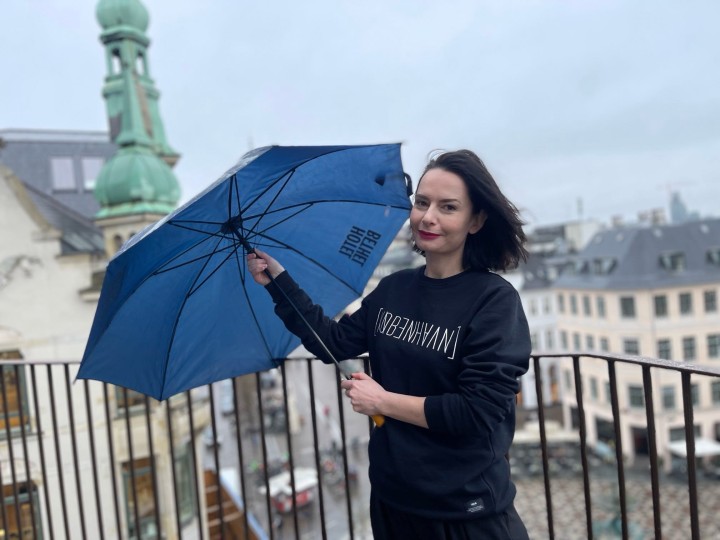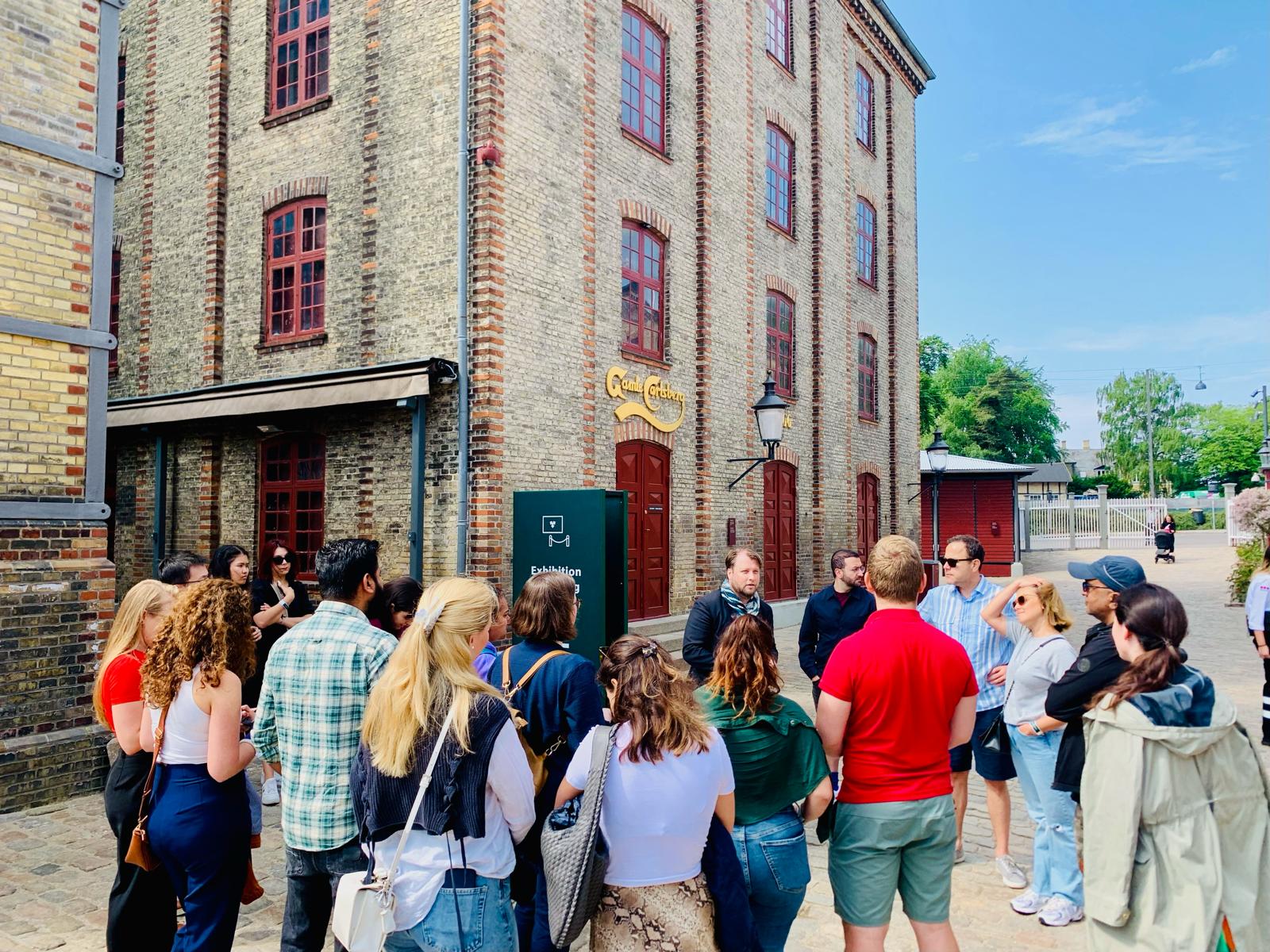By the first week of August, most Danish families will have returned from month-long stays at their summerhouses in preparation to go back to work and school.
But in many cases, their summer retreats are right on their doorstep!
According to figures from Danmarks Statistik, 8 percent of holiday home homeowners in Denmark live less than 5 km away from their property (most commonly kolonihaver – the trusty allotment shed), with only 62 percent living more than 40 km away.
Relaxing, reconnecting
Given its rural agricultural past and how Denmark has one of the highest numbers of paid vacation days worldwide, it’s no surprise to observe how summerhouses have become a core part of Danish culture – Danes just love them.
“Summerhouses represent an affordable option for people to enjoy their holidays and weekends. Often, the properties are passed down through family and become something of a family tradition,” Erik Slentø from Danmarks Statistik told the Weekly Post.
“The accessibility of the summerhouse plays a huge part in its popularity. Most holiday homes are easy to use, even on weekends, as the properties are usually no more than a few hours’ drive away.”
A tidy investment
Recently they have proved to be a good investment. According to property portal Boligsiden.dk, prices are at their highest level since August 2011. The June figures were fully 4.1 percent higher than the same month in 2014.
Some 61 percent of the summerhouses that were put up for sale during the first half of 2015 have been sold. During the same period last year, that figure was at 52 percent.
Bypassing the law
It’s not just the Danes cashing in. Although a 1973 Danish law forbids foreigners from buying Danish summerhouses, many foreigners can apply for an exemption to buy one.
“If you have been on a long holiday or have taken many vacations in Denmark, it means a lot when you are seeking a waiver,” Karina Søndergaard, a lawyer in north Jutland who specialises in the practice, told DR.
“It’s hard to say what the minimum is to get permission, but a good rule of thumb is if you have been to Denmark regularly over a period of about 10 years.”
Over the past 10 years, the Justice Ministry has granted 1,058 waivers to foreigners. Some 250 waivers were given out last year alone.
Mostly neighbours
And before you ask, it’s not the Germans leading the charge, but the Norwegians. Last year, 188 applied for dispensation, followed by 27 Germans, 23 Swedes and 13 other nationalities.
However, the Germans reign supreme when it comes to rentals, which set an all-time record this summer. They accounted for 68 percent of the market, and Danes just 18 percent.


